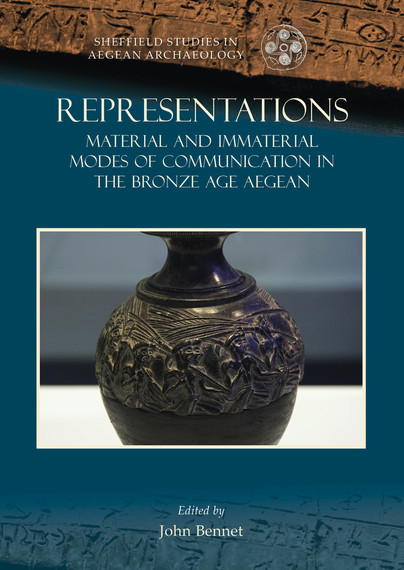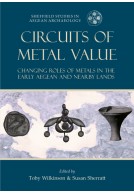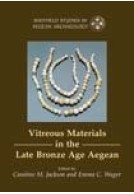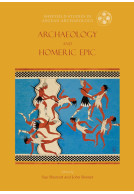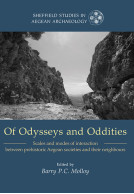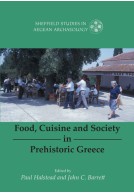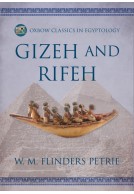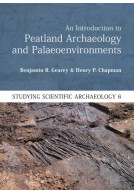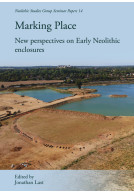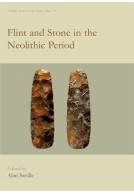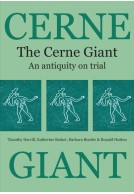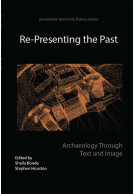Google Books previews are unavailable because you have chosen to turn off third party cookies for enhanced content. Visit our cookies page to review your cookie settings.
Representations (Paperback)
Material and Immaterial Modes of Communication in the Bronze Age Aegean
Imprint: Oxbow Books
Series: Sheffield Studies in Aegean Archaeology
Pages: 352
Illustrations: B/w and colour
ISBN: 9781789256413
Published: 15th May 2021
Script Academic & Professional
Series: Sheffield Studies in Aegean Archaeology
Pages: 352
Illustrations: B/w and colour
ISBN: 9781789256413
Published: 15th May 2021
Script Academic & Professional
You'll be £40.00 closer to your next £10.00 credit when you purchase Representations. What's this?
+£4.99 UK Delivery or free UK delivery if order is over £40
(click here for international delivery rates)
Order within the next 7 hours, 10 minutes to get your order processed the next working day!
Need a currency converter? Check XE.com for live rates
(click here for international delivery rates)
Order within the next 7 hours, 10 minutes to get your order processed the next working day!
Need a currency converter? Check XE.com for live rates
This volume presents a series of reflections on modes of communication in the Bronze Age Aegean, drawing on papers presented at two round table workshops of the Sheffield Centre for Aegean Archaeology on 'Technologies of Representation' and 'Writing and Non-Writing in the Bronze Age Aegean'. Each was designed to capture current developments in these interrelated research areas and also to help elide boundaries between 'science-based' and 'humanities-based' approaches, and between those focused on written communication (especially its content) and those interested in broader modes of communication. Contributions are arranged thematically in three groups: the first concerns primarily non-written communication, the third mainly written communication, while the second blurs this somewhat arbitrary distinction. Topics in the first group include how ritual architecture is represented in the Knossos wall-paintings; a re-interpretation of the 'Harvester Vase' from Ayia Triada; the use of colour in wall-paintings at Late Bronze Age Pylos; the use of painted media to represent depictions in other (lost) media such as cloth; and re-readings of Aegean representations of warfare and of the sequence of grave stelae at Mycenae. In the second group Linear B texts and archaeological data are used to explore further the colour palette used at Pylos, how people were represented diacritically through taste and smell, and how different qualities of time were expressed both textually and materially; the roles of images in Aegean scripts, complemented by a Peircian analysis of early Cretan writing; and a consideration of the complementary role of (non-literate) sealing and (literate) writing practices. Topics in the third group range from defining Aegean writing itself, through the contexts for literacy and how the Linear B script represented language, to a historical exploration of early attempts at deciphering Linear B.
Other titles in the series...
Other titles in Oxbow Books...







